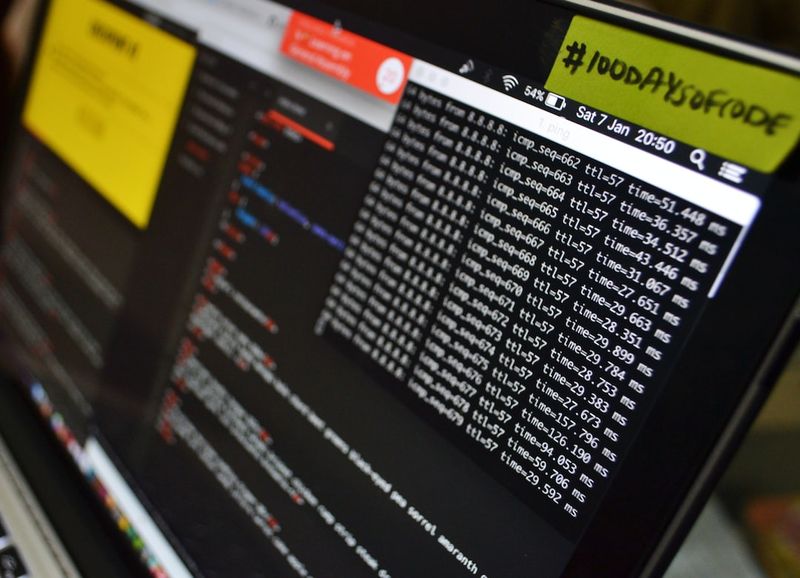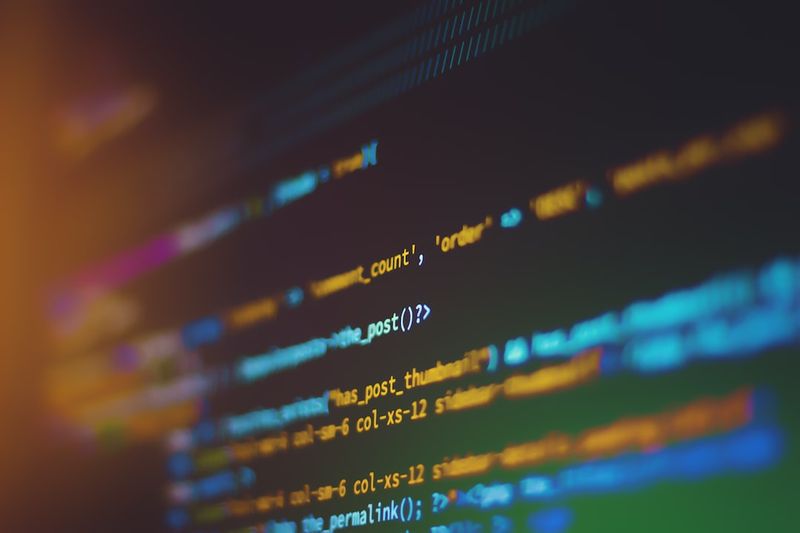A Paradigm Shift: Securing Data to Reduce the Impact of Breaches
The cost of data breaches has been increasing consistently over the years, with the average cost per incident reaching nearly $4.5 million globally, according to IBM’s latest “Cost of a Data Breach Report.” While the theft of data is an obvious consequence of a breach, businesses also suffer from lost profits and damage to their corporate reputation. The repercussions of a breach can extend far beyond the initial incident, eroding customer trust, causing stock prices to plummet, and forcing organizations to raise prices to compensate for lost profits. However, what if breaches could be rendered inconsequential? What if data remained safe and uncompromised even in the face of an attack?
This ideal future is entirely possible, but only if organizations undergo a much-needed paradigm shift in their security strategies. For years, the prevailing approach has been to build security around the network perimeter, focusing on fortifying defenses to keep bad actors out. However, this strategy has proven insufficient as the porous nature of the perimeter allows for breaches to occur. Subsequently, a new strategy arose, centered around device-based security, which proved to have its own limitations, particularly when it comes to third parties with access to enterprise assets.
Shifting the Focus to Data-Centric Security
It is time to redirect our attention to securing the data itself, rather than solely focusing on networks or endpoints. This data-centric model embeds granular security controls around digital assets, ensuring that they are used only as intended. These controls travel with the data, regardless of whether it is inside or outside the enterprise, and remain agnostic to the mediums through which data is shared and stored. This approach enables organizations to maintain visibility and control over their sensitive assets while sharing information with third-party collaborators, allowing them to secure their supply chains without impeding growth.
The Benefits of Data-Centric Security
By shifting the focus to data security, organizations not only protect their most critical and sensitive assets, but they also proactively mitigate the impact of any future breaches. In a world where breaches are inconsequential, the reputational fallout and lost profits become negligible. Organizations can confidently assert that their corporate and customer data remains protected, even in the event of a breach.
Steps to Reduce the Impact of Breaches
To transition to a data-oriented security model and reduce the impact of breaches, security professionals must take the following steps:
1. Communicate the Need for Change
It is crucial to effectively communicate to executive leadership why this paradigm shift is necessary. Given that firewalls and endpoint protection have long dominated the security landscape, there is an element of change management involved. Highlight recent high-profile breaches to emphasize the lost profits and reputational damage associated with data breaches. Additionally, emphasize the broader benefits of a data-centric approach, such as enhanced compliance, which may resonate better with non-technical stakeholders.
2. Know and Classify Your Data
After gaining buy-in from executives, it is essential to identify the most valuable data and classify it accordingly. Understanding the purpose, format, location, and users of the data, both within and outside the organization, is crucial for effective protection.
3. Develop Policies for Continuous Data Protection
When establishing policies for data protection, it is important to consider the lifecycle of the data, including who uses it and how it is used, to tailor appropriate security measures. Involving real users of the data in policy creation is essential for creating user-friendly and effective processes.
4. Automate Data Protection
Automation plays a crucial role in data security, reducing the chance of human error or oversights. Automating data classification based on user or team criteria, as well as specific information mentioned within the data, can enhance protection measures.
5. Solicit Feedback and Prioritize Usability
Including employees outside of the security team in the feedback process helps identify potential roadblocks or lapses that impede workflow. Striking a balance between robust security measures and usability is crucial to prevent employee frustration and the adoption of insecure workarounds.
Redefining the Impact of Breaches
A single data breach can cause significant harm and sometimes lead to the downfall of a company. However, with a paradigm shift towards data-centric security, organizations can evolve beyond outdated cybersecurity approaches and develop stronger security practices. By rendering breaches inconsequential, organizations can safeguard their critical assets and mitigate the long-term impact of breaches on their business. Embracing this approach is essential for a future where breaches, while still possible, no longer hold the power to disrupt and damage businesses.

<< photo by Specna Arms >>
The image is for illustrative purposes only and does not depict the actual situation.
You might want to read !
- Wing: Disrupting the Market with Affordable SaaS Security Solutions
- Rising Wave of AvosLocker Ransomware Threatens Critical Infrastructure
- Blindsided by a Cyber Siege: Unraveling the Unprecedented Scale of the Largest-ever DDoS Attack
- Cyber Algorithm Tames Malicious Robots: A Step Towards Securing the Future
- The Middle East’s Uphill Battle: Addressing DFIR Challenges
- The Rise of Exploits: The Grave Consequences of Adobe Acrobat Reader Vulnerabilities
- Cracking the Code: Unveiling the ShellBot’s Hex IP Tactics
- The Unraveling Threat: An In-depth Look at the Critical SOCKS5 Vulnerability in cURL
- Wealthy Russian with Kremlin Ties Sentenced to 9 Years for Hacking and Insider Trading Scheme: A Dive into the Dark Realms of Power and Criminality
- The Rise of Cybercrime Trafficking: Exploiting Southeast Asia’s Workforce
- “Under Attack: Unveiling Russian Malware’s Assault on Ukrainian Military’s Android Devices”




